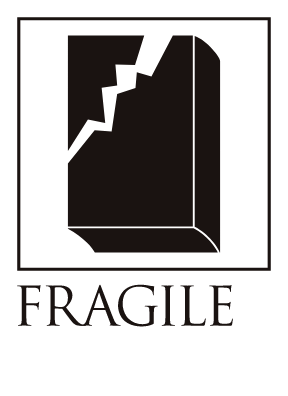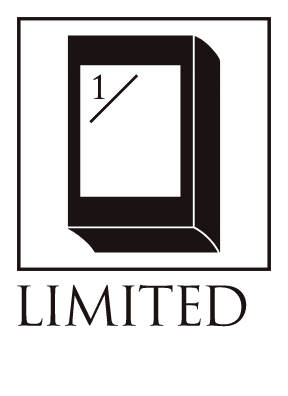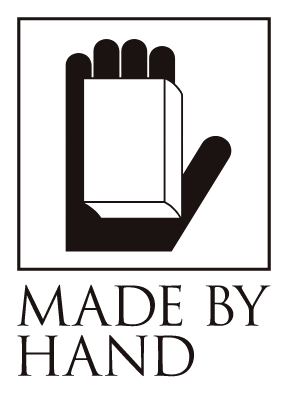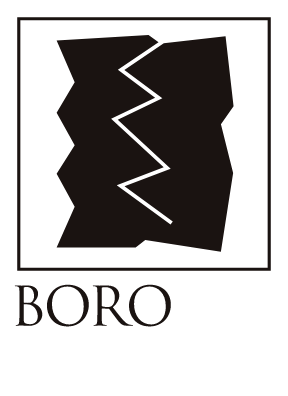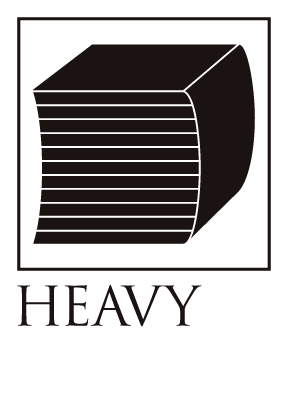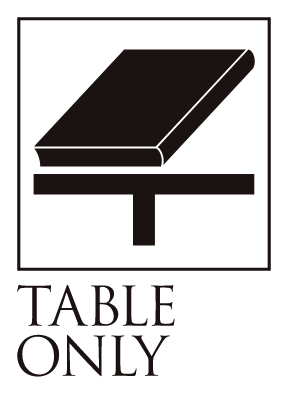White Verbs / 白い動詞
Bibliographic Details
- Title
- White Verbs (Weiße Verben) / 白い動詞
- Artist
- Veronika Schäpers / ヴェロニカ・シェパス
- Year
- 2017
- Size
- h160 × w405 × d80mm
- Weight
- 850g
- Language
- German / ドイツ語
- Materials
- Watermark moulded in manila hemp, Inkjet printed on kozo-paper, negative screen print on EnDuro Ice-translucent paper, Letterpress on abaca-paper. /
- Edition
- 40 copies with Arabic numbering and 6 copies with Roman numbering. / アラビア数字40部、ローマ数字6部
- Condition
- New
Watermark moulded in manila hemp, Inkjet printed on kozo-paper, negative screen print on EnDuro Ice-translucent paper, Letterpress on abaca-paper. 2-piece acrylic box with title. マニラ麻紙に透かしの型押し、楮紙にインクジェットプリント、エンデュロ・アイス半透明紙にネガスクリーンプリント、活版印刷に使用したのはアバカ紙。 アクリルボックス入。
Malevich's White Square
Grünwein's white verbs
Veronica's transparent sensibility
The German philosopher Schopenhauer, who is said to have influenced Nietzsche and Wagner, wrote, “To read a book is to think not with one's own head but with the head of another. If this statement is true, Veronica's book is not a book to be “read,” but rather to be savored by sharpening one's senses and thinking with one's own mind. Undeniably a book, but this is more than a book.
Veronica's bookmaking always begins with words. This book was inspired by the poem “Weiße Verben (White Verbs)” by Dürs Grünbein, which Veronika created. The poem is a verbalization of Grünbein's impression of Kazimir Malevich's painting “Suprematist Composition - White on White” when he first encountered it at the Museum of Modern Art in New York.
White Verbs
The white verbs are all invisible.
They circle around activities that are not learned.
They are disappear, extinguish, perish
they lead to deserted territory.
They creep through the room unnoticed
They are disintegrate, scatter. Their
Ghostly hand crosses out anything that once existed.
They wrap our thinking in snowfall, a fog, And start as a line of chalk on the blackboard.
They give language its sense of finality.
To snow is one of these verbs, to freeze
To age is another, to despair, to pass away.
They can cut through the knot of wisdom.
They are a traveling blind spot.
They are at the edges of every psyche.
The white verbs hardly make a stir.
They are thorough, they can be relied upon. They exist as love exists.
They operate in secret
And silently advance under cover of the main words.
They aim at horizons that nothing can reach.
Upon seeing “White on White,” the most consistent of Malevich's works, Grünbein initially found it to be as wonderful, logically and artistically, as he had imagined. However, as he took a closer look, he could not suppress the words that slowly began to well up in the pit of his stomach. To emphasize the contrast with the white background, the square was slightly tilted, as if it had been slightly shaken by a drop of vodka, and I could not hide my surprise at the vividness of the detailed brushwork that made up the “white. The varnish on the surface was wrinkled like an old man's forehead, and the pathetic cracks helped to give it a fragile existence. I had imagined it to be an absolute revelation until I saw it in person, and then I was pleasantly surprised to find that I was wrong. Even this work of art, which has been described as a symbol of modern painting, even an object of veneration, has, like other works of art, become more human as time goes by.
Now, here is where the bookmaker, Veronica, plays God.
First, the book, bound to encompass Grünbein's words, is housed in an extremely thinly finished acrylic case with high transparency and tightly rounded corners. When the book is removed by breaking it open in the middle of the case, one is surprised to see how it is bound. Both the left and right edges were bound together, and it was not at all clear which was the small end and which was the throat. Both the front and back covers were vague, and there was no clue as to which side to open first, even though I looked for a reason. Following my instinct, I fearfully turned the thick abaca paper cover, and was surprised twice. The direction of opening is different from that of a double-sided spread. It is different from a double-sided spread, and it is simply a new and interesting experience. Although I felt nervous that I might put the pages back in the wrong order, I also felt the potential of the physical book.
The pages, which open alternately to the left and right, have excerpts from Malevich's manifestos “The Artist” and “Contemporary Art” printed in watermarked letters. The layout of the text is based on the Strichtarn, a camouflage pattern used in Germany and other African countries in the first half of the 20th century, and it is curious that it appears both like rain and like a symbol. The writing shows how revolutionary Malevich's ideas were at the time and how strongly they were influenced by the technological and political upheavals and changes in Russia, and it is like reliving Grünbein's expectations before he encountered White on White.
Grünbein's words on the subject, a lament for the inevitable aging process that artworks undergo from deterioration, are expressed in watermarked letters on a Japanese paper with ears. When the pages are overlapped, it is impossible to read even the faint traces on the surface of the paper, but when the paper is unfolded and held up to the light, the letters emerge. By daring to let the boundary between existence and non-existence, between the front and the back, the work speaks to the fragility and danger of all concepts and theories in the quietest possible manner. In other words, the book confronts the fact that “White on White,” painted more than 100 years ago, was greeted with amazement around the world at the time, but has lost none of its influence today.
